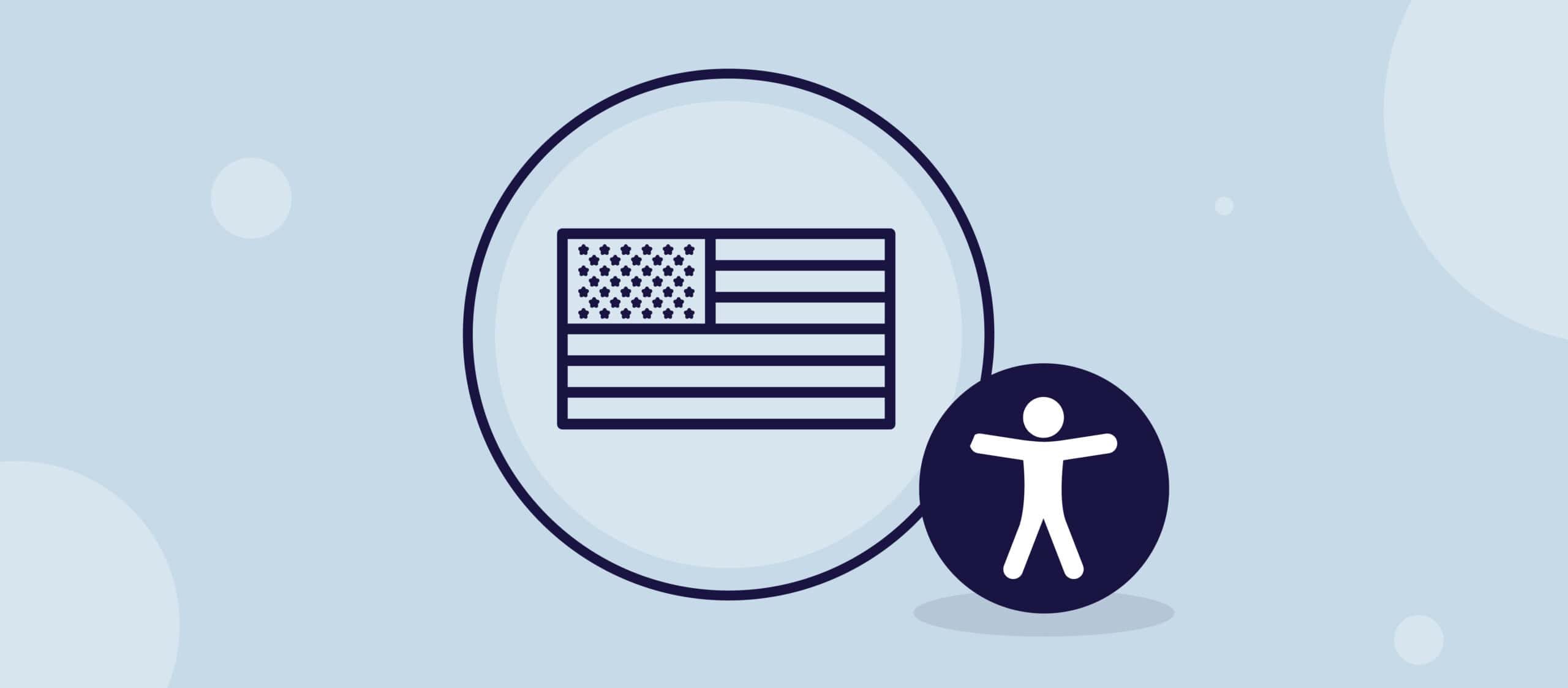Tilgjengelighet på nettet is no longer just a requirement for public-sector organisations in the European Union (EU). The European Accessibility Act (EAA) mandates that a wide range of products and services, including online platforms such as e-commerce websites and mobile apps, be accessible to individuals with disabilities. The law, applicable to businesses operating within the EU, seeks to standardise accessibility requirements across different European nations.
Passed into law in 2019, the EAA began being adopted by EU member states in 2022. Businesses providing products and services covered by the EAA have until June 2025 to comply. The EAA includes a monitoring and complaint system, and organisations that fail to meet these accessibility requirements may face penalties, including fines.
What industries, products, and services does the European Accessibility Act cover?
The EAA applies to commonly used hardware, software, websites, and mobile applications, as well as services across industries such as communication, commerce, finance, education, and transportation. Below are examples of digital assets and technologies that must comply:
- E-commerce and online services: Consumer-facing websites and apps must comply and publish accessibility statements outlining how they meet the EAA’s requirements.
- Retail: Point-of-sale devices, kiosks, and self-service technologies must be accessible.
- Technology and telecommunications: Devices such as computers, mobile phones, and e-readers must comply, as well as their packaging and instructions.
- Transport and travel: Websites, mobile apps, kiosks, and ticketing systems must be accessible, with requirements extending to airlines outside the EU that have flights departing from the EU.
- Financial services: Banking websites, mobile apps, ATMs, and point-of-sale systems are all required to meet EAA standards.
- Media and communication: Media streaming services, telephony equipment, and apps must provide accessible content and services.
- B2B and B2G organisations: Companies selling technology to government or private sectors must ensure their products comply with the EAA, as it will be required in procurement processes.
Certain exceptions apply to some content and products, such as time-based media and third-party content. For more specific details, organisations should seek legal guidance on how the EAA applies to their products or services.

What is the standard for compliance with the European Accessibility Act?
Although the EAA focuses on ensuring functionality for people with disabilities, it does not specify exact technical standards. Instead, the voluntary harmonised EU standard EN 301 549 is typically used as the benchmark for compliance. This standard incorporates technical accessibility requirements, including the Retningslinjer for tilgjengelighet til webinnhold (WCAG) 2.1, which is expected to be updated to include WCAG 2.2 as the EAA takes full effect. Organisations aiming for compliance should aim to meet WCAG 2.1 or 2.2 at the “AA” level, which includes critical accessibility criteria for most digital content.
EN 301 549 also includes additional requirements for software and hardware, so organisations must ensure that all applicable aspects of their products—whether they are websites, mobile apps, or physical devices—meet these accessibility standards.
What are the requirements for compliance with the European Accessibility Act?
Compliance with EN 301 549 alone does not guarantee full compliance with the EAA. National laws in EU member states include additional requirements that focus on how accessibility is managed within organisations. These may include implementing employee training on accessibility, maintaining regular monitoring, and publishing accessibility statements. Organisations covered by the EAA must disclose:
- Functionality information for their products or services.
- Documentation detailing the accessibility specifications of the products.
- A description of how the product or service meets the EAA’s accessibility requirements.
- Contact information for enforcement authorities where users can file complaints
Additional packaging, labelling, and information requirements also apply to some products.
What are the consequences of non-compliance with the European Accessibility Act?
The EAA will be enforced through market surveillance conducted by each EU member state. Penalties for non-compliance can be severe and may include fines of up to three million euros, removal of products from the market, or suspension of business operations in the EU.
To avoid legal and business risks, organisations must prioritise creating accessible digital experiences. Compliance with the EAA not only ensures legal conformity but also improves usability and inclusivity for all users, opening up digital platforms to a broader audience.
Conclusion: Ensuring compliance and mitigating risks
Organisations looking to comply with the EAA should focus on ensuring that their digital assets and services align with accessibility standards like WCAG 2.2 and EN 301 549. With the right tools and expert guidance, businesses can ensure they meet EAA requirements, avoid penalties, and create a more inclusive digital experience for all users.
For more information, kontakt et medlem av teamet vårt i dag.



